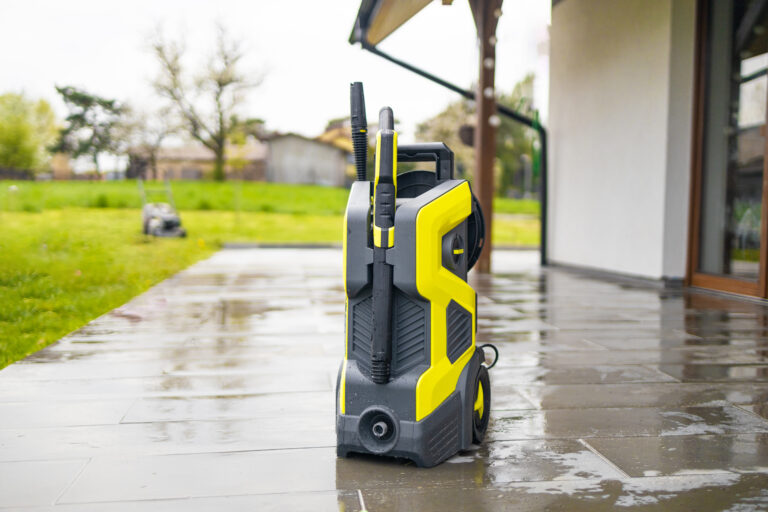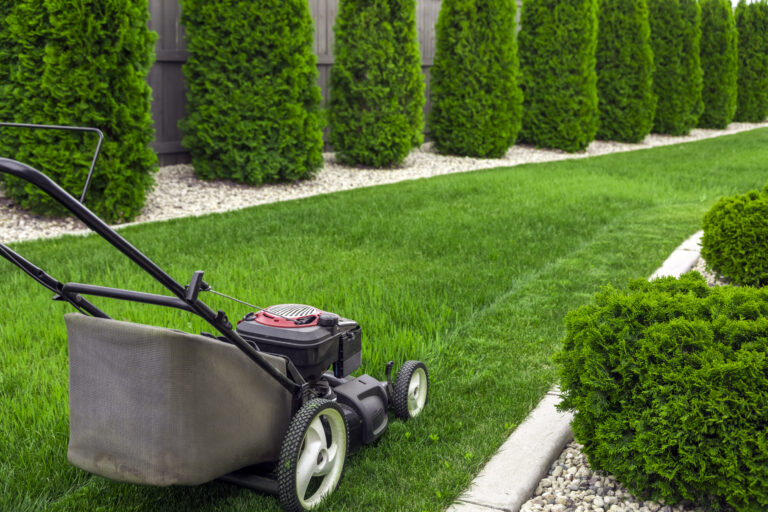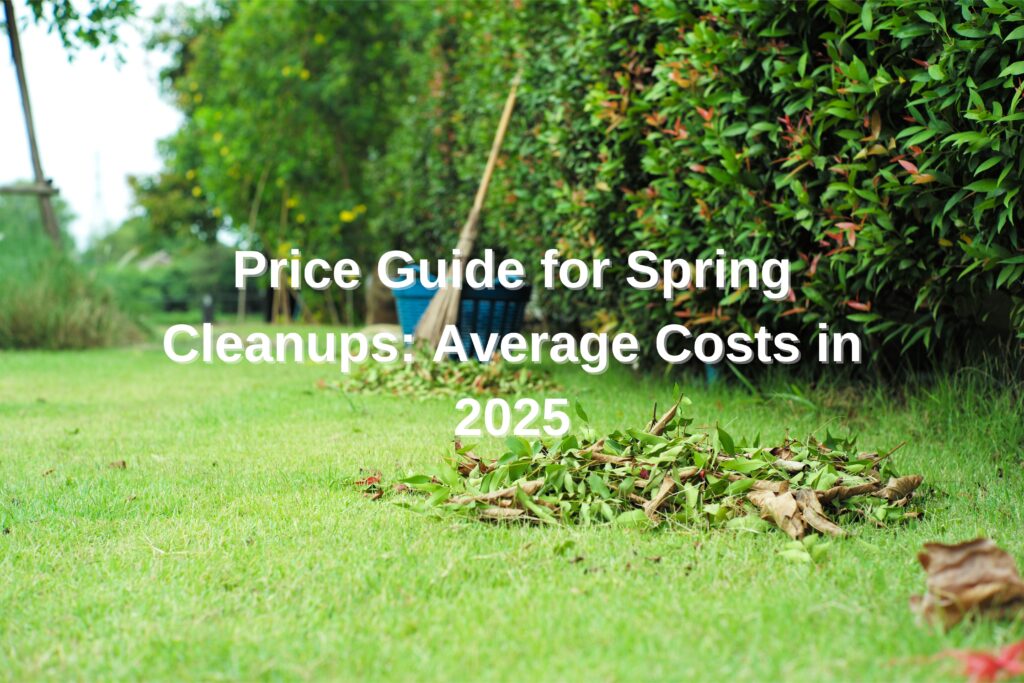Table of Contents
Average Costs of Spring Cleanup in 2025
Spring cleanup pricing depends on the extent of work required. Basic cleanup services like leaf removal and mowing are on the lower end, while advanced landscaping and tree trimming fall on the higher side.
- Leaf & Debris Removal – $100 – $400
- Lawn Mowing & Edging – $30 – $100 per session
- Garden Bed Cleanup & Weeding – $50 – $200
- Mulching (Material + Labor) – $100 – $500
- Gutter Cleaning – $150 – $300
- Lawn Aeration – $75 – $250
- Tree Trimming & Pruning – $250 – $1,500
Factors Affecting Cleanup Costs
1. Yard Size
The larger the yard, the more time, labor, and materials are needed, increasing the overall cost.
- Small yards (under ¼ acre): $175 – $400
- Medium yards (¼ to ½ acre): $250 – $600
- Large yards (½ acre or more): $500 – $1,500+
2. Condition of the Yard
A well-maintained yard from the previous season requires less work, reducing costs.
- Light debris and minimal overgrowth: Lower-end pricing
- Heavy leaf coverage, overgrown grass, fallen branches: Higher costs due to extra labor
3. Type of Services Needed
Basic services like leaf removal and mowing are more affordable, while advanced landscaping services like tree trimming and aeration cost more.
- Basic cleanup (leaves, mowing, weeding): $100 – $400
- Advanced services (mulching, aeration, tree pruning): $250 – $1,500
4. Geographic Location
Labor rates and service costs vary by region.
- Urban and high-cost living areas: Prices are typically 20-30% higher
- Rural areas: Generally lower service fees due to lower labor costs
5. Seasonal Demand & Timing
Spring is the busiest season for landscapers, which can lead to higher prices.
- Booking services early (late winter) may secure discounts
- Last-minute or peak-season requests often cost more
6. Labor Costs & Professional Fees
Landscapers charge either per hour or per project. The complexity of the work can impact labor fees.
- Average hourly rates: $50 – $100 per worker
- Specialized tasks (tree trimming, aeration) may cost extra
7. Equipment & Material Costs
Some tasks require special equipment, affecting pricing.
- Lawn aeration machines, mulching materials, and power washers add to costs. If you’d like to learn more about yard tools then read our blog 11 Yard Tools Every Homeowner Needs for Landscaping Work
- Renting vs. hiring a professional may impact budget

8. Waste & Debris Disposal
Some companies include disposal fees in their pricing, while others charge extra.
- Check if your landscaper includes removal of debris
- Municipal waste collection may offer free pickup for yard waste
DIY vs. Professional Cleanup: Which is Better?
| Task | DIY Cost | Professional Cost |
|---|---|---|
| Leaf & Debris Removal | Free – $100 | $100 – $400 |
| Lawn Mowing & Edging | $30 – $50 (rental) | $30 – $100 per session |
| Gutter Cleaning | $20 – $50 (tools) | $150 – $300 |
| Mulching | $50 – $200 | $100 – $500 |
| Tree Trimming | $50 – $200 | $250 – $1,500 |
Ways to Save on Spring Cleanup
- Book Services Early – Many landscapers offer discounts for early scheduling before peak season.
- Bundle Services – Combining services like mulching, aeration, and pruning can reduce costs.
- DIY Small Tasks – Simple tasks like raking and weeding can be done yourself to cut labor costs.
- Opt for Annual Maintenance Plans – Some companies offer yearly contracts at discounted rates.
- Look for Neighborhood Discounts – Grouping with neighbors can result in better pricing.
Frequently Asked Questions About Spring Yard Cleanup
What Does Spring Cleaning Mean for Landscaping?

How Often Should Yard Cleanup Be Scheduled?
The frequency of yard cleanup depends on your property’s needs and the local climate:
- Spring Cleanup (March – April): Essential for removing winter debris and preparing for the growing season.
- Summer Maintenance (June – August): Regular mowing, weeding, and watering keep the yard in top shape.
- Fall Cleanup (September – November): Necessary for leaf removal, preparing plants for winter, and preventing lawn disease.
- Winter Prep (Late Fall – Early Winter): Protecting plants, clearing gutters, and covering delicate shrubs.
For best results, schedule a comprehensive cleanup at least twice a year—once in spring and again in fall.
What Are the Benefits of Professional Yard Cleanup Services?
Hiring a professional yard cleanup service offers several advantages:
- Saves Time & Effort – Professionals handle labor-intensive tasks, allowing homeowners to focus on other priorities.
- Ensures Proper Lawn Care – Experts know how to trim, prune, and fertilize plants correctly to promote healthy growth.
- Prevents Pests & Lawn Diseases – Removing dead leaves and organic debris reduces the risk of mold, fungi, and pests.
- Enhances Curb Appeal – A clean, well-maintained landscape improves property value and aesthetics.
- Provides Access to Specialized Equipment – Professional landscapers use aerators, power washers, and other tools that may not be available to homeowners.
- Customizes Services to Your Needs – Professionals tailor services based on yard size, plant types, and seasonal requirements.
Investing in professional yard cleanup helps keep your outdoor space healthy, attractive, and well-maintained throughout the year.



